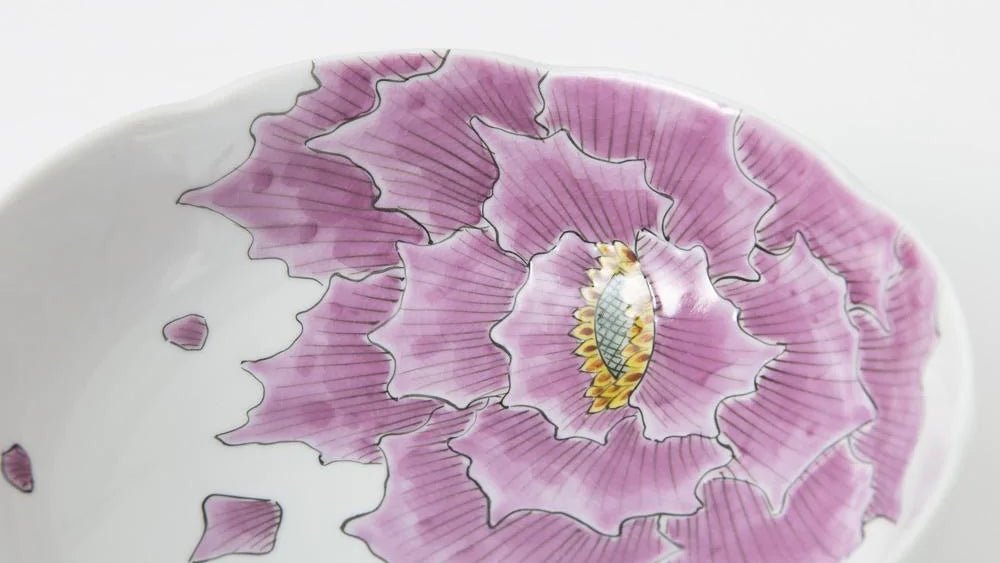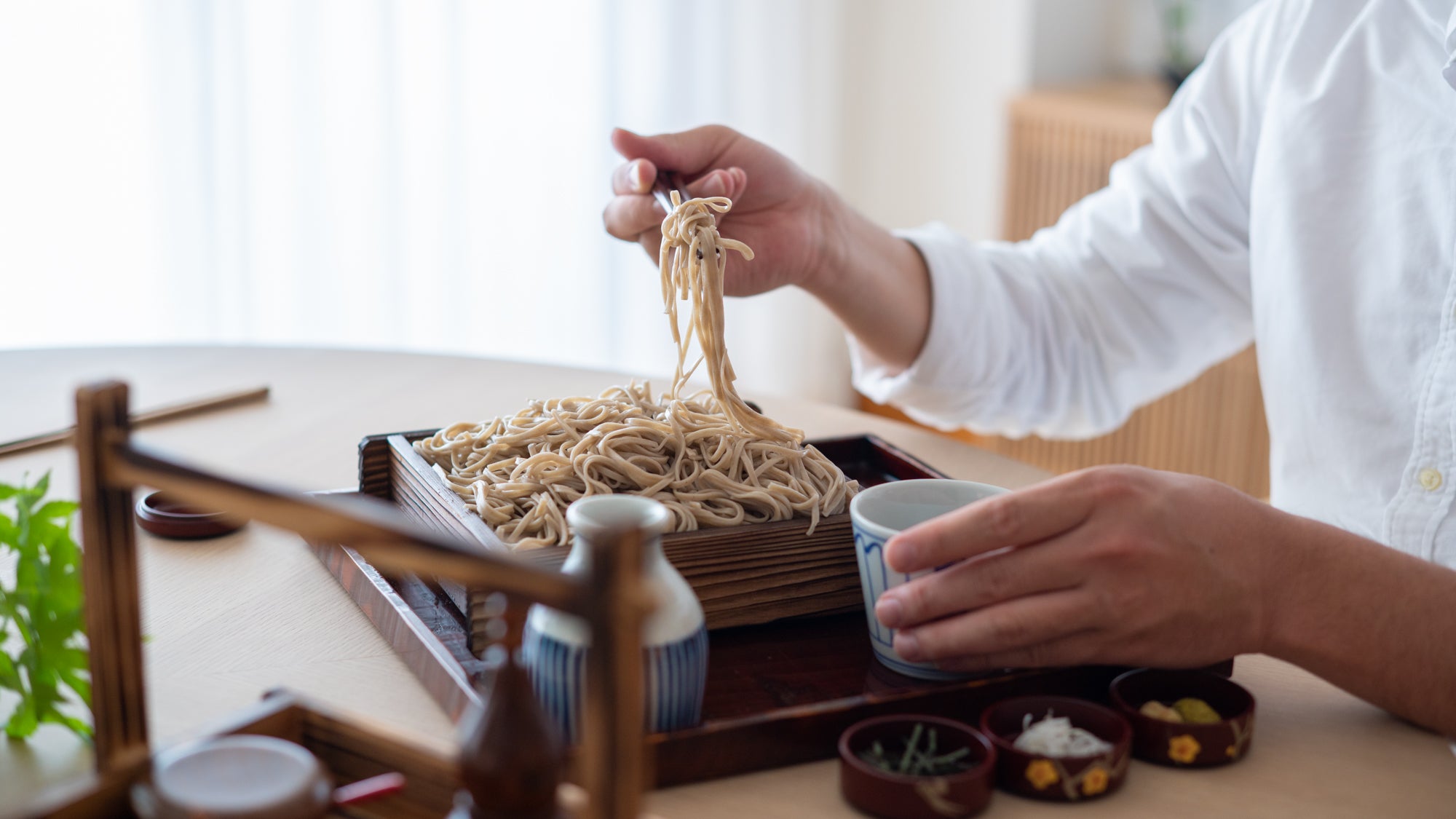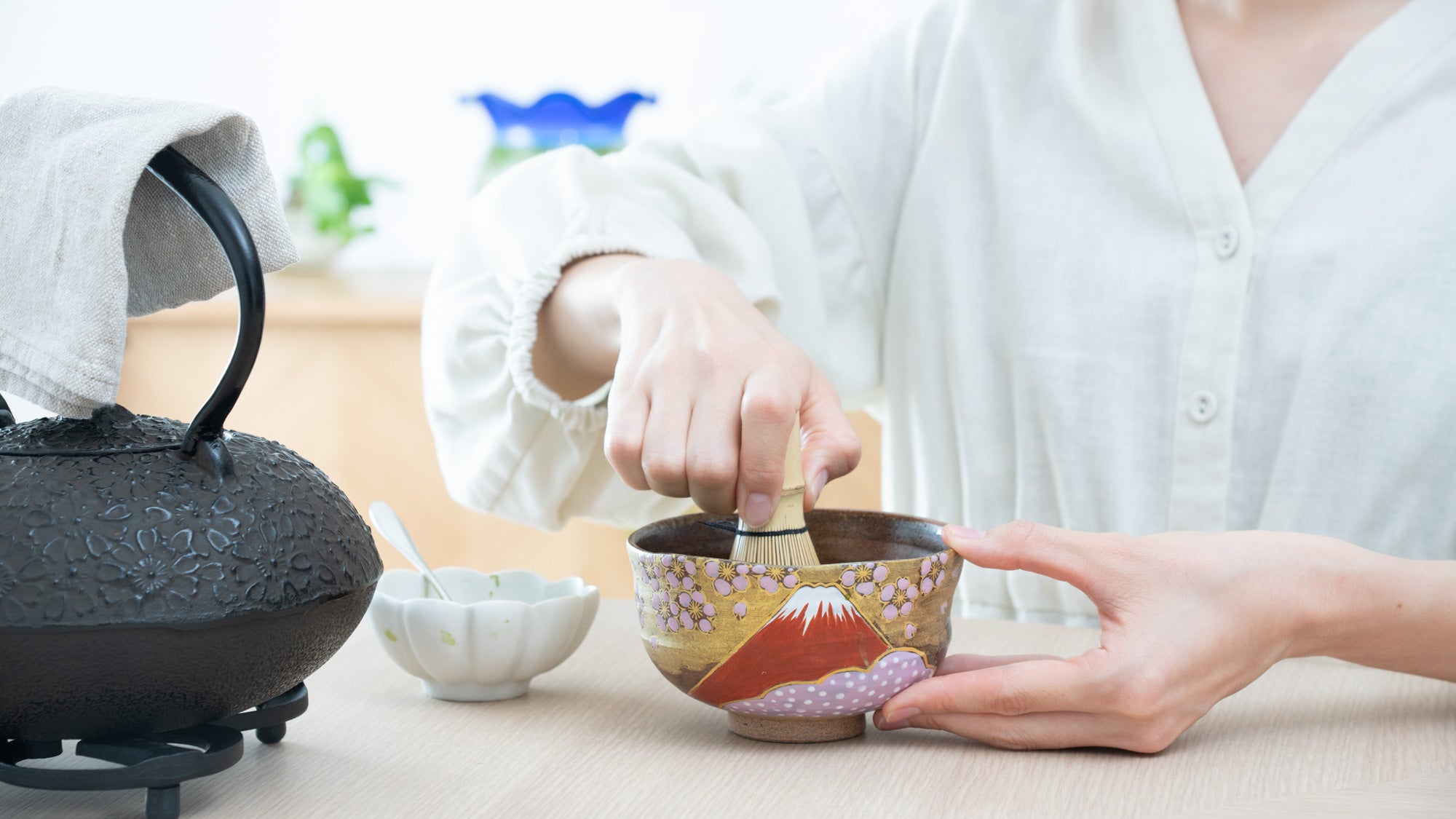01 July 2022
Guide for Flowers in Japanese Climate

Japan, which has a temperate climate zone, has since ancient times adopted a method of dividing the seasons introduced from China, and still retains the "24 Sekki" that divide the year into 24 sections and the "72 Kou" that further subdivide them into 72 climates. This suggests that the Japanese people have been very sensitive to changes in climate and weather since ancient times.
These Japanese seasons can be simply divided into four+1 seasons, and each of them is enjoyed in spring, summer, fall, winter, and rainy season called "Tsuyu" between spring and summer. By decorating with plants and flowers that bloom in each of these seasons, or by using items with these motifs, we can express a sense of the seasons that is uniquely Japanese.
In this issue, we will introduce flowers and plants unique to each season in Japan and their meanings. Enjoy them as a reference for seasonal home decorations and gift selection.
Contents
- Spring "Haru"
- Summer "Natsu"
- Fall "Aki"
- Winter "Fuyu"
- To know Japanese flowers, to know Japanese culture
Plants for Spring "Haru"
March-April-May

The arrival of spring is a very delightful event for many Japanese people. It is a season filled with joy as the sun warms the air, flowers and grasses that have been sleeping under the snow begin to sprout, and the world regains its color.
When people see spring plants in nature or on street corners, their own faces naturally smile as the blossoms blooms. Flowers favored in spring are pastel colors such as white, peach, and the pale green of young buds, giving us a warm, spring-like feeling.
Plum Blossom
Elegance, honor, patience, loyalty

Known as the flower that tells of the arrival of spring, the plum blossom blooms first before other flowers, just as winter is about to break.
The small, graceful white petals are charming enough to melt your frozen heart by the harsh winter.
It is also a flower that symbolizes your true feelings for someone you love.
Cherry Blossom
Etherial Beauty, Elegance, Purity

Cherry blossoms are known as the national flower of Japan. It is the symbolic flower of spring and one of the most favorite flowers of the Japanese people.
The beauty of cherry blossoms in full bloom, as well as when they fall, is indescribable. It is said that the pale pink petals fall like dancing snow, covering the ground and the surface of the water like a carpet.
The cherry blossoms have a short period of time between blooming and falling, and their beautiful blooms and graceful endings are revered as a symbol of Japanese integrity.
Peony
Wealth, grandeur, dignity, bashfulness

The peony is called the queen of a hundred flowers in Japan and symbolizes a noble woman. Its silken, frilly petals symbolize femininity, and its large, multi-layered flowers are very magnificent, making it the flower of choice for women of nobility.
Iris
"Fortune always comes through"

"Kakitsubata", a species of Japanese iris, was a highly favored flower in art and culture especially during the Heian period, including waka poetry and Japanese painting. It is a waterside flower and can be seen during the spring and summer seasons.
In the "Manyoshu", 8th century anthology of Japanese poetry, there is a waka about anxiously waiting for a lover, in which the iris appears. It is said that the wish expressed in the poem that if one waits, "happiness will surely come" became the language of flowers.
Plants for Summer "Natsu"
June, July, August

The hot and humid Japanese summer is hard on people, but it is also the most active growing season for plants and flowers.
Vivid and colorful flowers bloom, but what is particularly favored are flowers with a cool, refreshing feeling, especially those based on white and cold colors. Japanese people like to take in coolness visually as well.
There is also a rainy season called "Tsuyu" between spring and summer, and some flowers are unique to this season.
Hydrangea
Family, Group, Harmony, Wanderlust

The hydrangea, seen in Japan during the rainy season from May to July, is a popular flower that blooms in bright but coquettish blue and pink colors in the rain. Some people even go there to take pictures of the hydrangeas, in particular, for their limited period of beauty, which is the best time to see them before the real heat of the season arrives.
The hydrangea has also a different flower language depending on its color: Blue is "cold-hearted", pink is "energy", white is "tolerance", purple is "mystery".
Morning grory
Affection, Bonding, Unity

Morning glories have been a very beloved flower among the townspeople's culture since the Edo period (1603-1868).
Initially cultivated as side jobs for samurai warriors (military class), morning glories passed into the hands of wealthy merchants and became a popular flower throughout the city of Edo (present-day Tokyo).
At that time, the variety of morning glories was improved based on mutated morning glories, and a great variety of colors and shapes were born. The refreshing blue morning glory is especially favored, and the evening glory (Moonflower) is also loved as a summer flower in the same way.
Lily
Innocence, Purity, Dignity

Of the approximately one hundred varieties of lilies in the world, fifteen grow wild in Japan. Even in Tokyo, lilies may be seen around summer in the mountains away from the city center.
Even wild lilies have large flowers and a very strong fragrance, and their fragrance reaches far and wide when they are swayed by the wind. The bulbs are also edible.
Lotus
Salvation, Innocence, Holiness

The lotus is known as the symbolic flower of Buddhism. It is associated with Buddhist teachings, such as the story that when Buddha walked, lotus leaves sprouted to support his legs so that he would not lose his footing on the ground, and that "the heart of a person born in paradise is as beautiful as a lotus".
On a sunny summer day, the very large pink and white gradient flowers that rise up above the water are truly divine and magnificent.
Plants for Fall "Aki"
September, October, November

In Japan, fall is a popular season for enjoying various arts and culture. The weather outside becomes more pleasant, and all kinds of activities, such as cultural activities and exercise, become more active. It is also the season of harvest, and a variety of foods can be enjoyed.
Fall is also known for its fine weather and beautiful night skies, and there is a custom to admire the full moon in the clear, cloudless night sky.
Chrysanthemum
Noble, Honorable, Hightly

The chrysanthemum is the national flower of Japan, and is especially popular as a symbol of nobility that represents the imperial family.
There are various types of flowers in the chrysanthemum genus, from small to large ones, such as daisies and ping pong mums, and together with morning glories, many breeding efforts were made during the Edo period (1603-1868).
Especially in September, there are ancient events in which chrysanthemums are the main attraction, and the custom of tasting sake with chrysanthemum blossoms floating on the top is still carried on.
Miscanthus
Vibrancy, Vitality
Miscanthus, also known as Japanese pampas grass, is a plant that is a typical fall scene. It grows wild along riverbeds and in fields and mountains, and its fluffy ears swaying in the wind are very idyllic for Japanese people.
In Japan, when the full moon appears in the clear night sky of fall, called "Jugoya" ( literally "15th night of the month"), Miscanthus is decorated with dumplings and offered to the moon.
Chinese Bellflower
Endless Love, "the return of a friend is desired"
Chinese bellflower is a blue-purple flower that exudes Japanese elegance. Since ancient times, purple has been a noble color reserved for the nobility, and Chinese bellflowers embody this nobility with their elegant beauty.
The language of flowers is based on an anecdote about a woman who gazed at a bellflower while she waited for her lover until her last breath.
Dianthus
Cherubic, Pure love, Talent

Dianthus, known in Japan as “Nadeshiko", has been loved since ancient times and has been selected as one of the "Seven Autumnal Plants" because of its beautiful appearance. It is also a flower with a long history of being used in waka poetry, and the Manyoshu contains 26 poems about the nadeshiko.
It is also known that "Yamato Nadeshiko," a metaphor for the ideal Japanese woman, is derived from the characteristics of the nadeshiko. The term refers to a Japanese woman who is not only beautiful on the outside, but also has inner beauty and strength.
Plants for Winter "Huyu"
December, January, February

From December onward, winter is coming to Japan and most plants go into a dormant season. In Japan, where most trees are broad-leaved, mountains in winter look faded and the scenery may be a little lonely.
However, even in such harsh cold weather, some plants, trees, and flowers sprout.
Japanese Maple
Cherished memories, Beautiful changes, Reserved

Japanese Maple is a plant with characteristically shaped leaves that turn red in fall through winter in Japan. There are many deciduous foliage trees, maple leaves are as popular as cherry blossoms in spring.
Especially, maple's beautiful fiery red leaves are graceful and elegant, and are very popular in combination with the traditional Japanese scenery.
Nandina
"My love only grows"

In Japan, where the color red is valued as a color of auspiciousness, the bright red berries of the Nandina make a delightful garden tree as a good luck charm.
The red berries are very similar to holly berries, and in Japan they are mostly used as New Year's decorations rather than for Holidays. The contrast is very beautiful when Nandina looks like colorful red dots in a snowy landscape.
Daffodil
Self-love, Mystery, "Come back to me"
Daffodils are famous for the story of Narcissus, the beautiful young man of Greek mythology. This flower is endemic to Japan and blooms during the winter months.
It is also a beloved flower in the tea ceremony, and when arranged in a water tray, it can create a beautiful reflection of the daffodil in the water, just as Narcissus admired his reflection on the surface of the water.
Camellia
Modesty, Ethereality, Honor.

Camellia is also called "the flower that heralds spring" because it blooms at the end of winter. It is one of the most representative flowers of Japan, and the oil from its seeds is said to be the secret to beautiful hair for Japanese women.
The camellia was often planted in samurai residences. Originally, camellias were considered sacred plants because they remained green even during the winter. Camellias that fell with their blossoms, rather than falling, were also considered "graceful" and favored by samurai society.
To know Japanese flowers, to know Japanese culture
To know about the plants found in a country is to know about the culture and sense of values of that country. Japanese plants and flowers have also been loved for thousands of years, and even if they are the same flowers as those in other countries, they have meanings and values unique to Japan.
These are just a few of the examples introduced here. When you find an item with a flower or plant motif at Musubi Kiln, please look up its meaning in Japan to deepen your love for it.



























































































































































































































